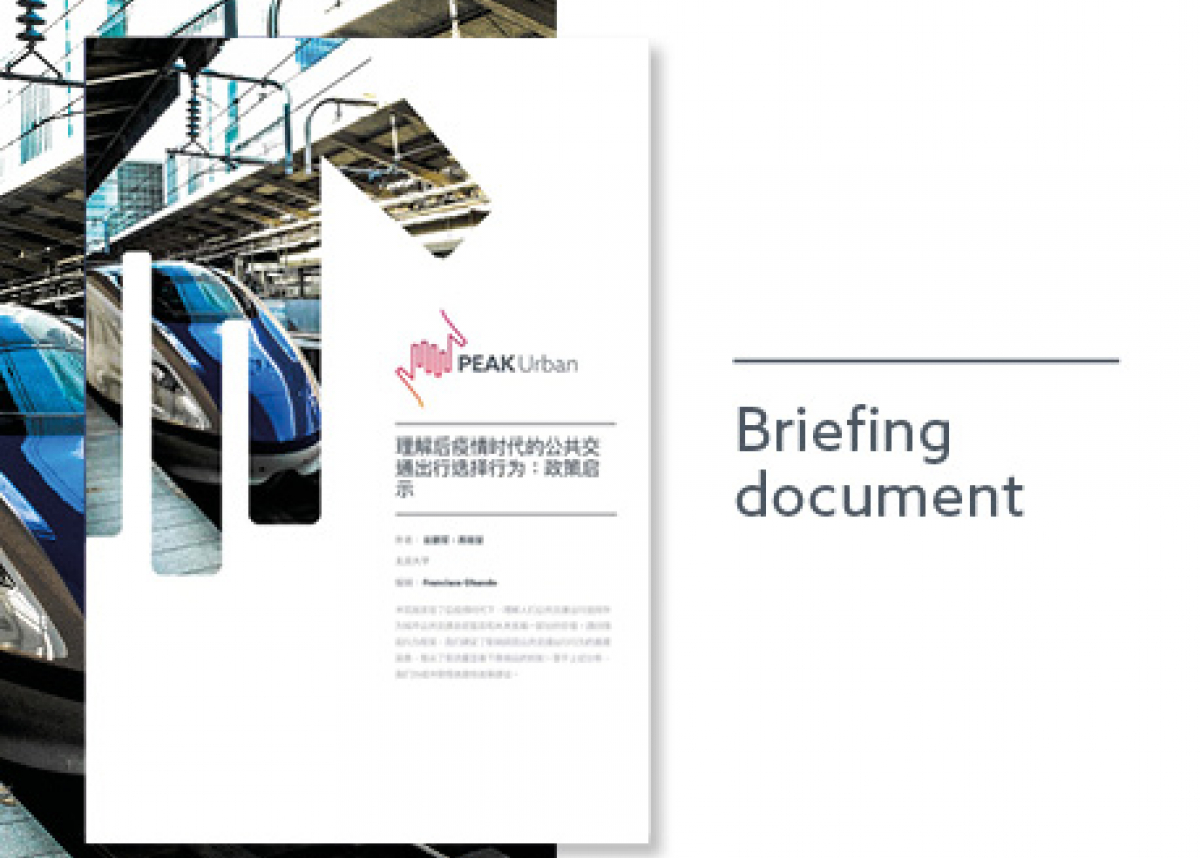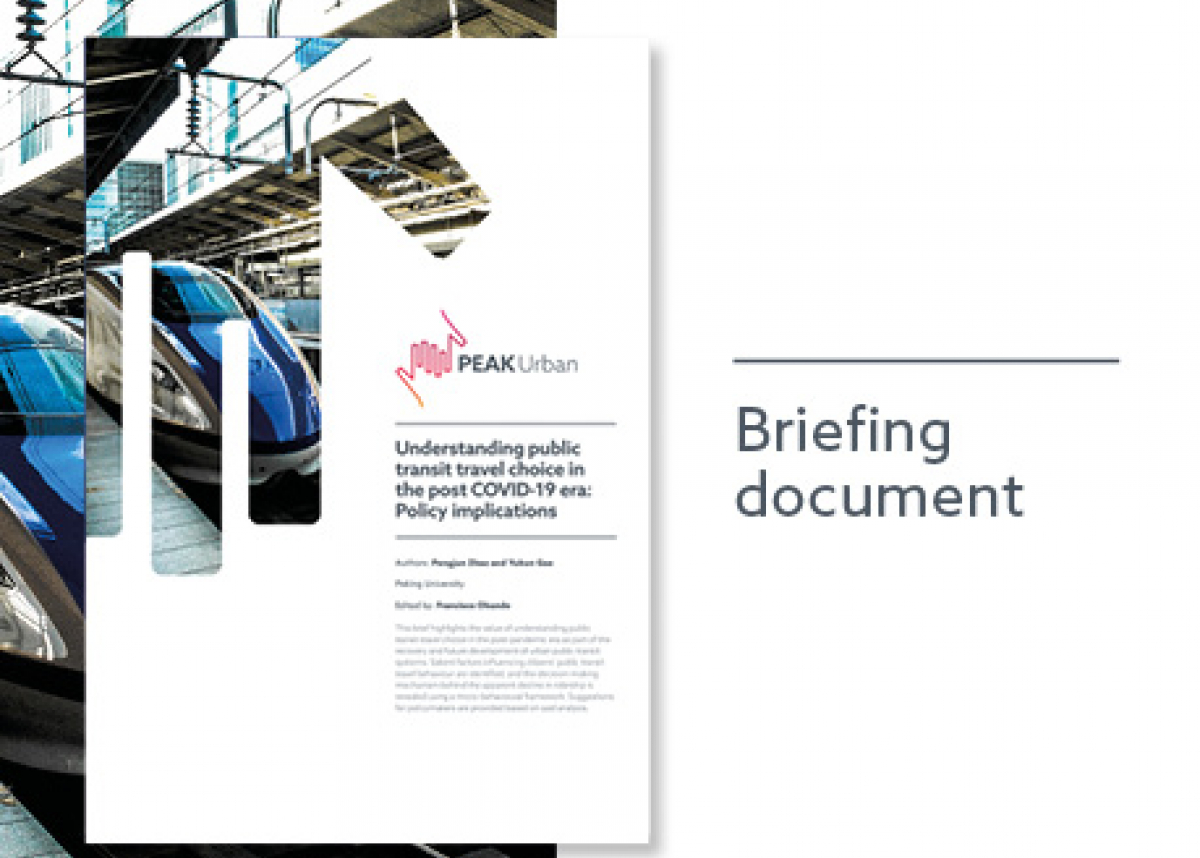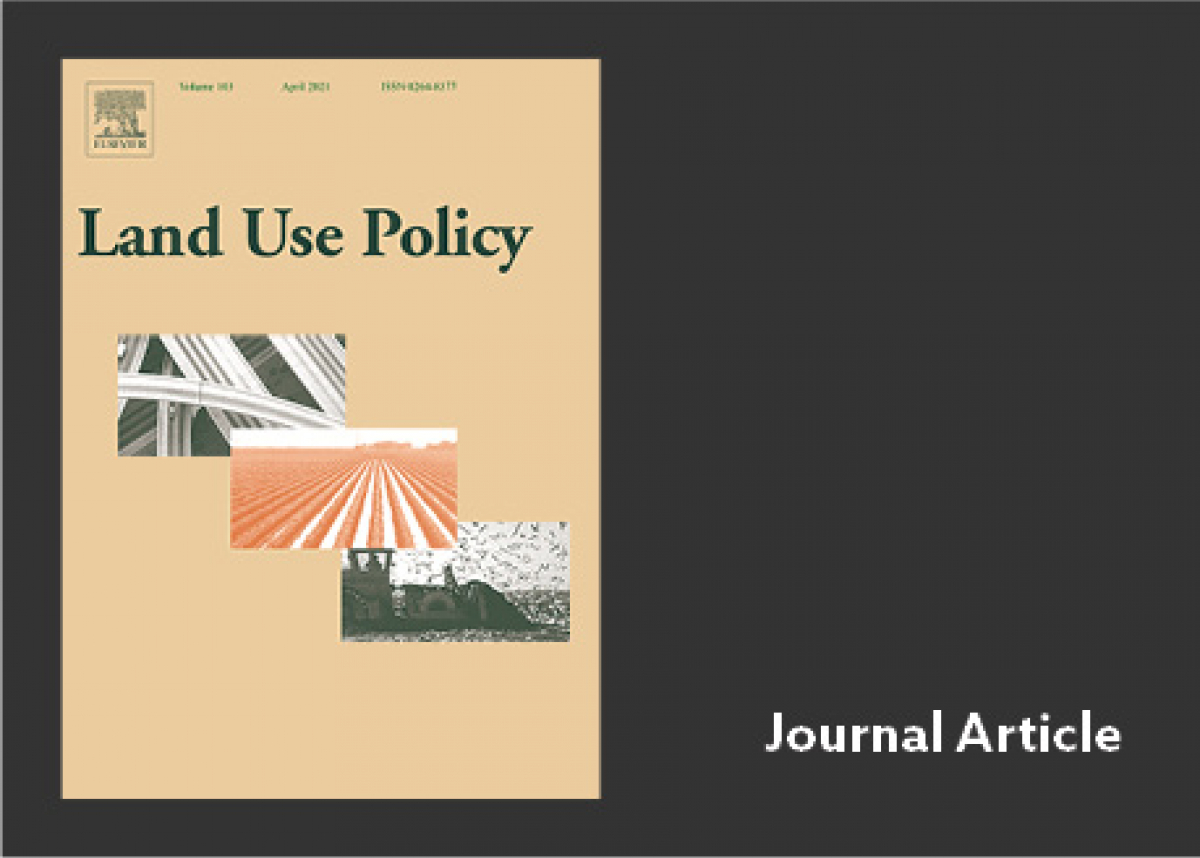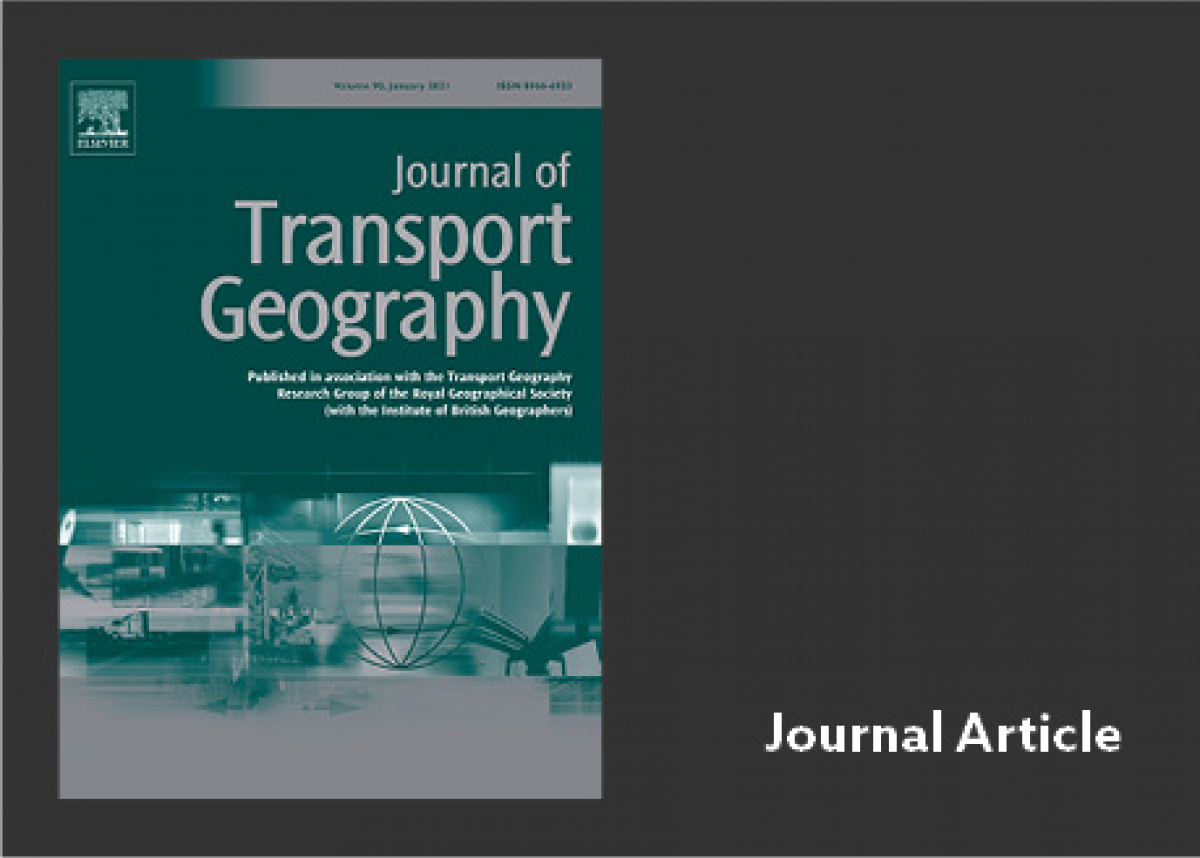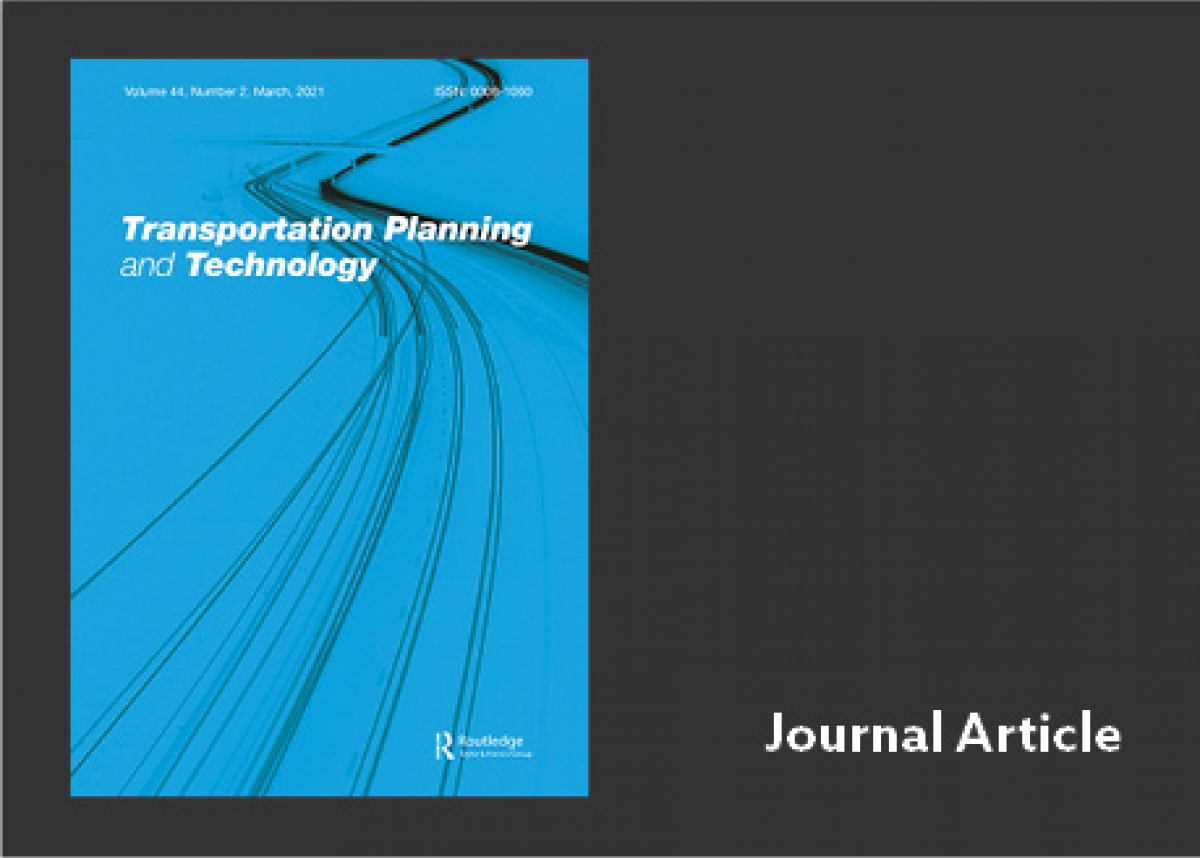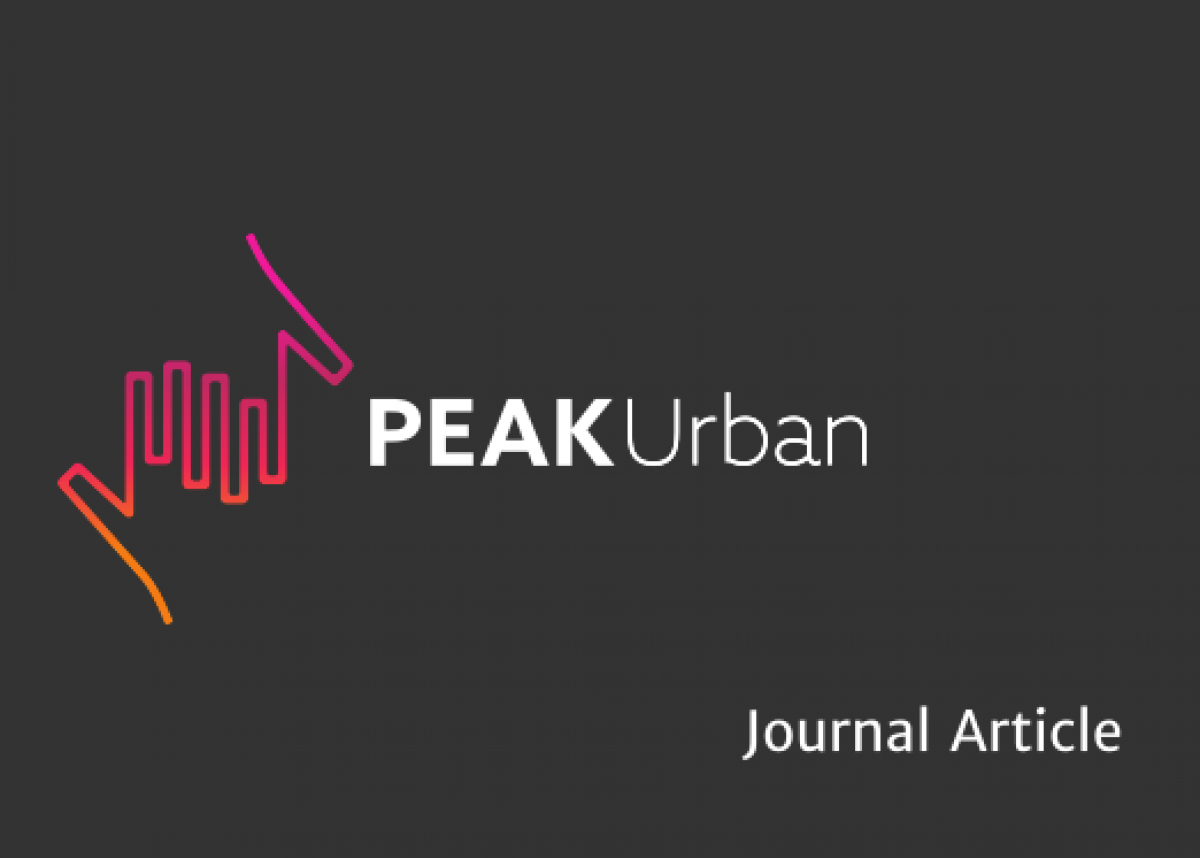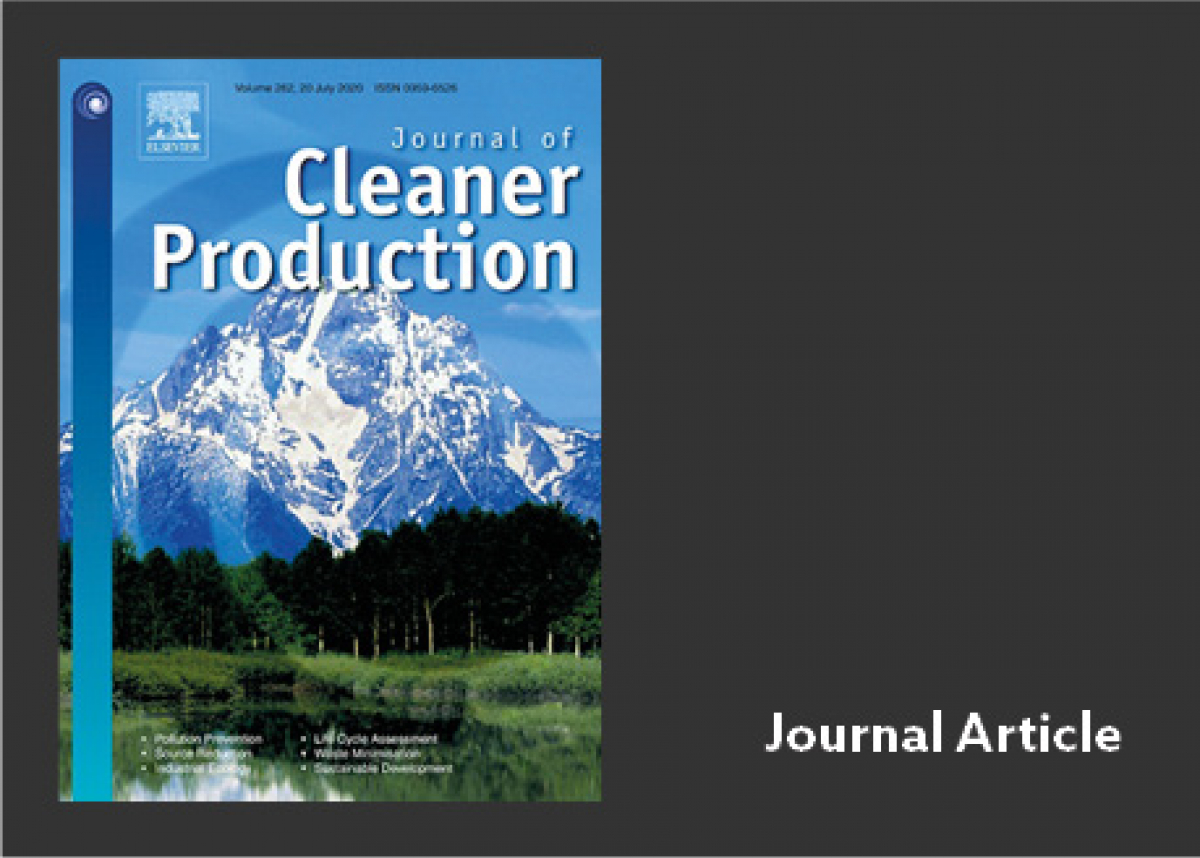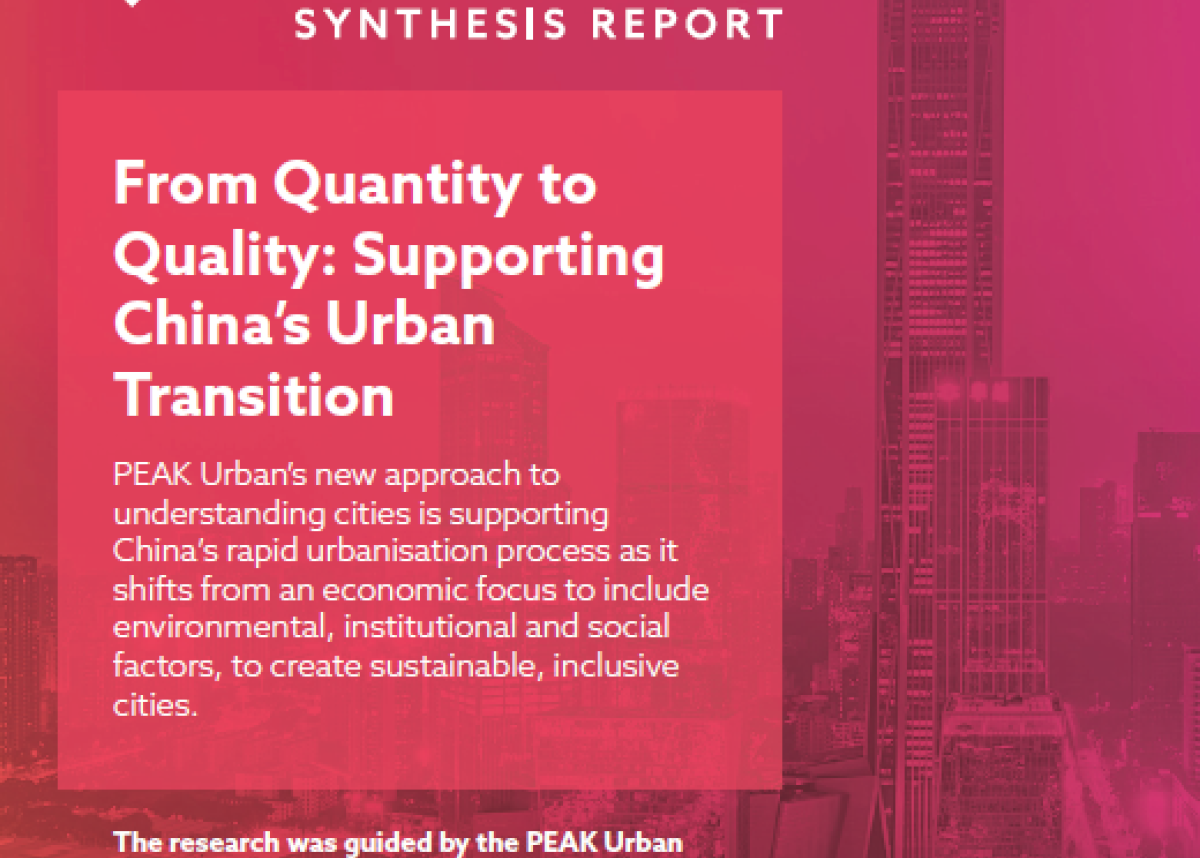
Delimiting urban growth boundaries using the CLUE-S model with village administrative boundaries
Urban growth boundaries (UGBs) have been adopted worldwide as a policy tool to control urban sprawl. However, the delineation of recently piloted UGBs in rapidly urbanizing areas of China has methodologically relied mainly on local officials’ personal willingness and urban planners’ work, thus lacking sufficient scientific evidence and reliable quantitative analysis.
To fill this gap, this study simulates the spatial pattern of land use based on the CLUE-S model and land development suitability assessment.
The principal advantage of this method lies in the innovative combination and effective balance of the central government’s dual requirements of arable land protection and intensive urban development in a rapidly urbanizing country. Moreover, we argue that the village collective—China’s rural land owners—should be treated in its entirety in land development policy-making, and we accordingly adjust the simulation results with village administrative boundaries in the UGB delineation to guarantee its effective implementation. Shenyang metropolis in Northeast China is taken as a case study.
The results show that urban expansion and farmland shrinkage are two major features of future land use change in Shenyang; the most striking growth of urban land takes place mainly in the central city, especially in the northeast and southwest sectors. Despite slight variations in the growth rate, predominating directions, main sources, and ecological effects, urban development in Shenyang shows quite similar patterns under different development scenarios.
Therefore, UGBs delineated on the basis of these scenarios are almost identical in the basic outline, with changes only in marginal areas. This novel method is proven to be effective in delineating UGBs in urbanizing China and has referential significance for urban growth management in other developing countries.
